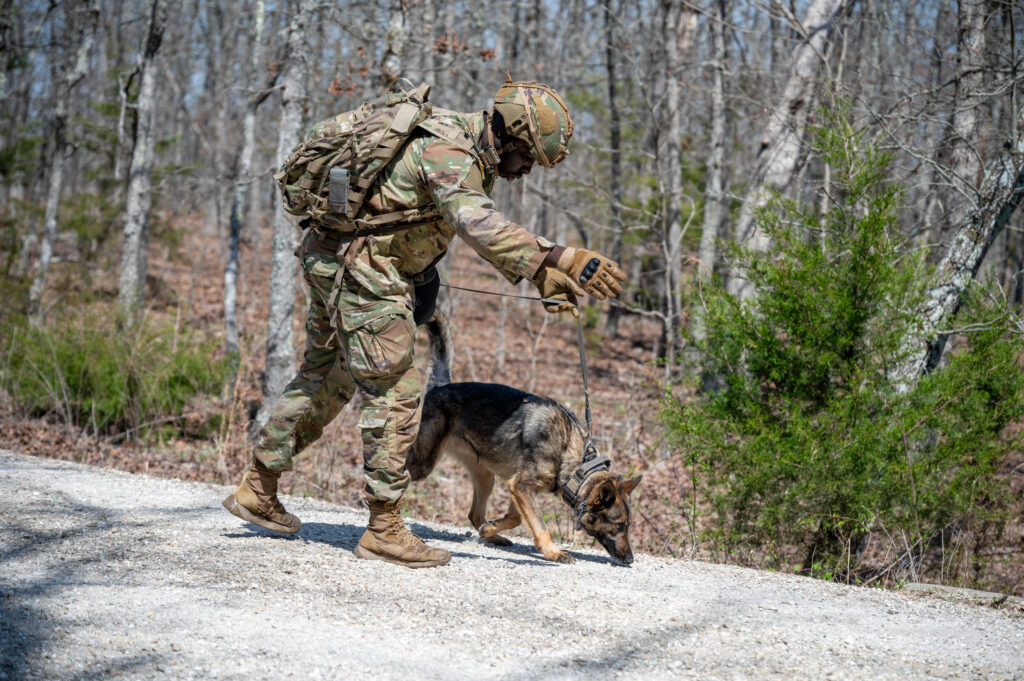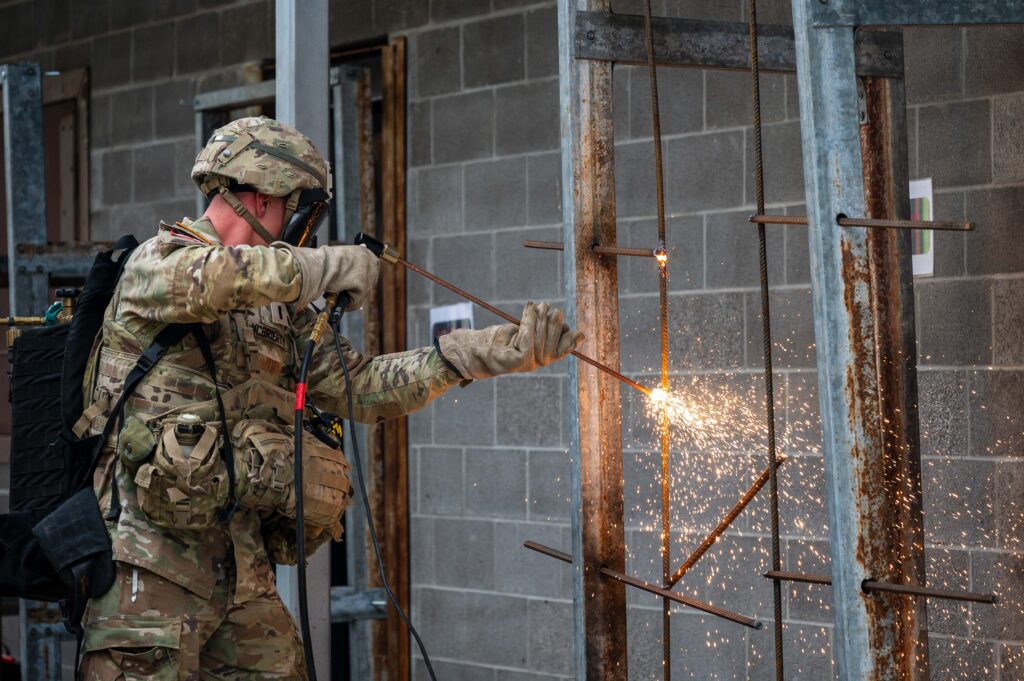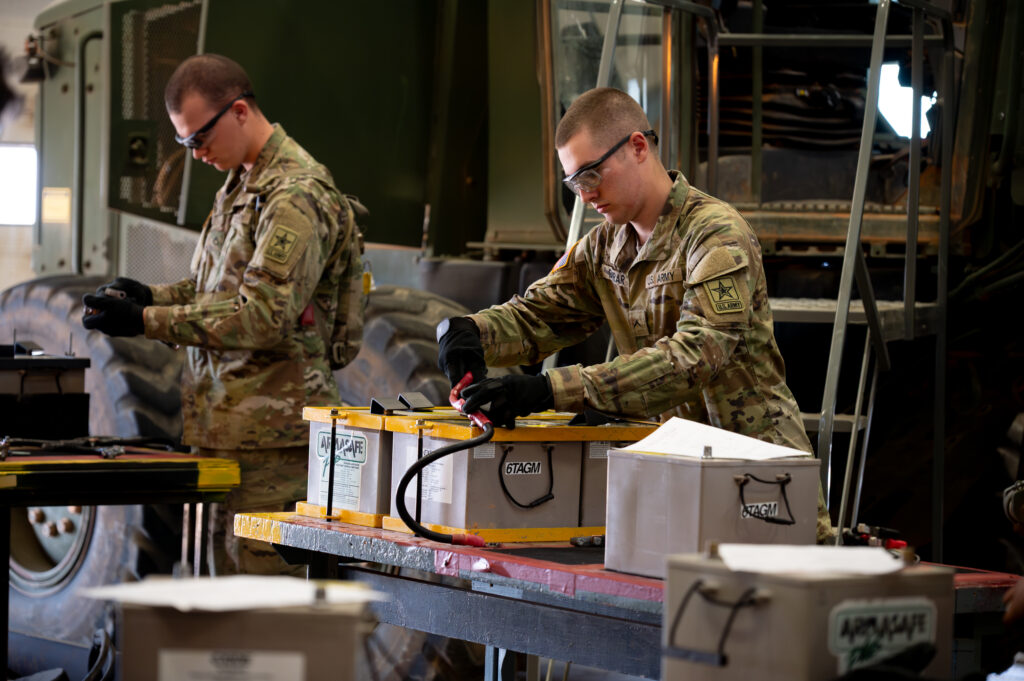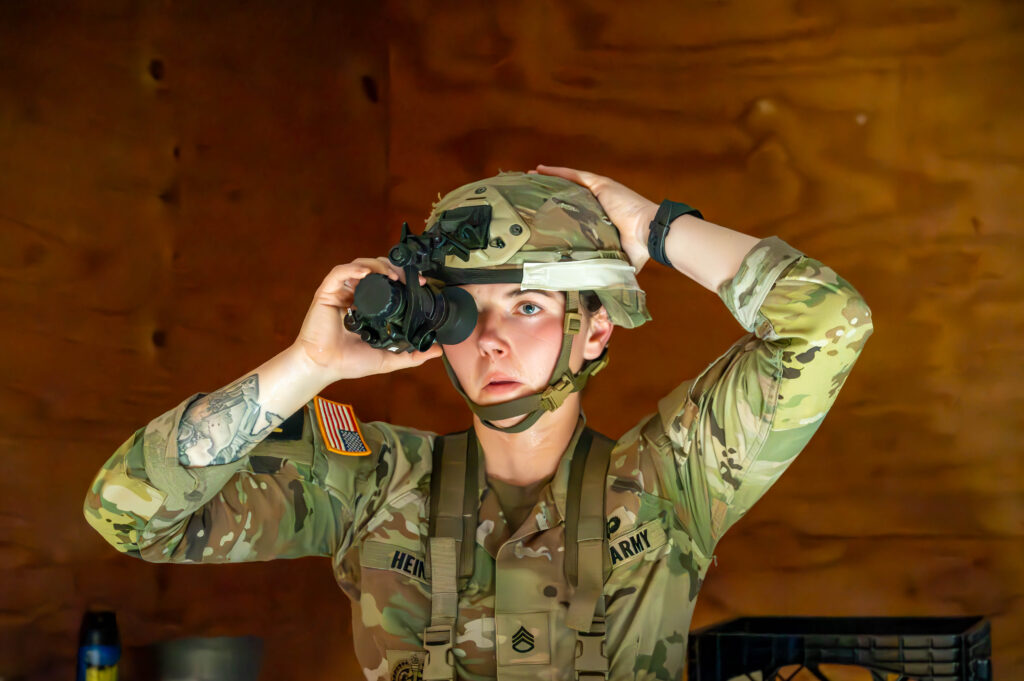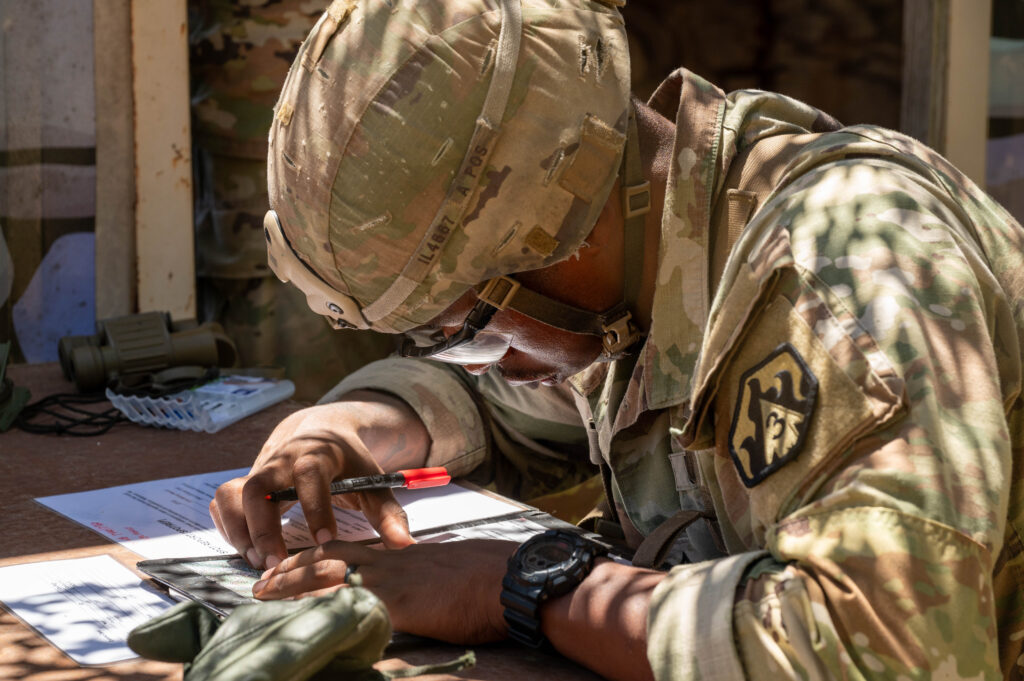Brian Hill
FORT LEONARD WOOD, Mo. (Oct. 14, 2021) — The new Army Futures Command Pamphlet 71-20-7, AFC Concept for Protection 2028 — approved in April — is a significant change to the protection warfighting function, officials said.
The change takes protection from being observed and practiced as a force-protection activity based upon legacy counterinsurgency and base-defense thinking to an active approach in competition and armed conflict against a peer competitor in all domains.
According to Maj. Joel Maxwell, chief of the Protection Branch at the Maneuver Support Capability Development and Integration Directorate — and one of the authors of the pamphlet — as the Army transitions from two decades of fighting insurgencies in Afghanistan and Iraq, it must prepare for competition and armed conflict against a peer competitor that can and will challenge U.S. forces in all domains — land, sea, air, space and cyber — along with the electromagnetic spectrum and the information environment.
Maxwell said the War on Terrorism defined protection by entry control points, barriers, persistent ground surveillance system blimps, and even the technologically-advanced counter rocket, artillery and mortar systems, “which are inherently passive and reactive.”
“The protection of the past is insufficient against the future peer competitors,” he added.
A dramatic shift in modern warfare, spurred by multiple technological advances, has occurred over the past decade, Maxwell said, and assured power projection is a thing of the past.
“These advances require a shift in how the Army executes the protection warfighting function,” he said.
The new protection concept describes the capabilities required for protection in 2028, and how Army forces can perform these tasks to enable multi-domain operations, said Barrett Parker, chief of the Protection Division (Force Modernization Proponent), Fielded Force Integration Directorate — the Maneuver Support Center of Excellence’s implementing office.
Peer competitors, according to the concept, are always either in competition or conflict, and protection requirements significantly change as an operation progresses from competition to conflict and return to competition — the competition continuum.
Components of the solution in the pamphlet include preserving critical capabilities, assets and activities, or CCAAs, denying threats and an enemy’s freedom of action, and enabling access to maintain momentum, consolidate gains, and make temporary control of terrain permanent, Parker said.
“Preserving critical capabilities, assets and activities is the foundation for resilient and survivable individuals, formations and operations across the battlefield and the competition continuum,” he said.
CCAAs may be, among other things, the individual Soldier, mission and objective-related readiness, force projection, combat power and formations, access to decisive spaces, decisive points, connections, sustainment assets, facilities, lines of communications, main supply routes, information, understanding and infrastructure.
Passive measures are insufficient to preserve CCAAs and prevent threats from degrading mission accomplishment. Therefore, denying threats and an enemy’s freedom of action is the active approach to prevent an enemy’s ability to see, understand and strike the CCAAs of friendly forces.
The future force also enables access to denied spaces through projecting power from the strategic support area, penetrating, dis-integrating and exploiting an enemy’s lack of access, and expanding into what’s called the enemy’s area of stand-off.
Stand-off is the physical, cognitive and informational separation that enables freedom of action in any, some or all domains, the electromagnetic spectrum, and information environment to achieve strategic and/or operational objectives.
“As friendly forces push forward, security and protection will hold the gained area while creating and exploiting windows of superiority to further pressure enemy defenses,” Parker said. “Ultimately, the objective is to maintain momentum, consolidate gains and make temporary control of terrain permanent.”
The root problem visualized in the Army operating concept of multi-domain operations, Maxwell said, is stand-off.
“Emerging technologies like artificial intelligence, hypersonics, machine learning, nanotechnology and robotics are driving a fundamental change in the character of war,” he said.
As these technologies mature and their military applications become more clear, Maxwell added, the impacts have the potential to revolutionize battlefields unlike anything since the integration of machine guns, tanks and aviation, which began the era of combined arms warfare — a famous example, of which, was Germany’s Blitzkrieg, or lightning war.
Strategic peer competitors are synthesizing emerging technologies with their analysis of military doctrine and operations. They are deploying capabilities to fight the U.S. through multiple layers of stand-off in all domains.
“The adversary will create stand-off by separating the joint force in time, space and function as it converges multi-domain effects,” he said.
By employing the new protection concept, the Army is capable of defeating stand-off and protecting the force, Maxwell added.
“The future Army must do more than simply create a list of things to be protected and describe the assets that will be used to protect them,” he said. “It must simultaneously deny the threat in all domains while opening protected windows of superiority that enable access for friendly forces.”
Read more about the new protection concept at https://api.army.mil/e2/c/downloads/2021/04/09/06e724a6/afc-pam-71-20-7-afc-protection-concept-vfinal-apr21.pdf.
-30-
About Fort Leonard Wood
Fort Leonard Wood is a thriving and prosperous installation that has evolved from a small basic training post 80 years ago to a premier Army Center of Excellence that trains more than 80,000 military and civilians each year.
Fort Leonard Wood is home to the U.S Army Maneuver Support Center of Excellence and three U.S. Army schools: the U.S. Army Engineer School; U.S. Army Chemical, Biological, Radiological and Nuclear School; and the U.S. Army Military Police School. In addition to training engineer, CBRN and military police specialties for the Army, Fort Leonard Wood also provides gender-integrated in-processing and Basic Combat Training for new Soldiers.
Fort Leonard Wood also hosts and trains with the largest Marine Corps Detachment and Air Force Squadron on any Army installation as well as a large Navy construction detachment.
More information about Fort Leonard Wood is at: https://home.army.mil/wood/index.php/about/mission

